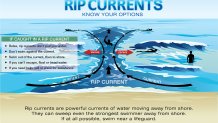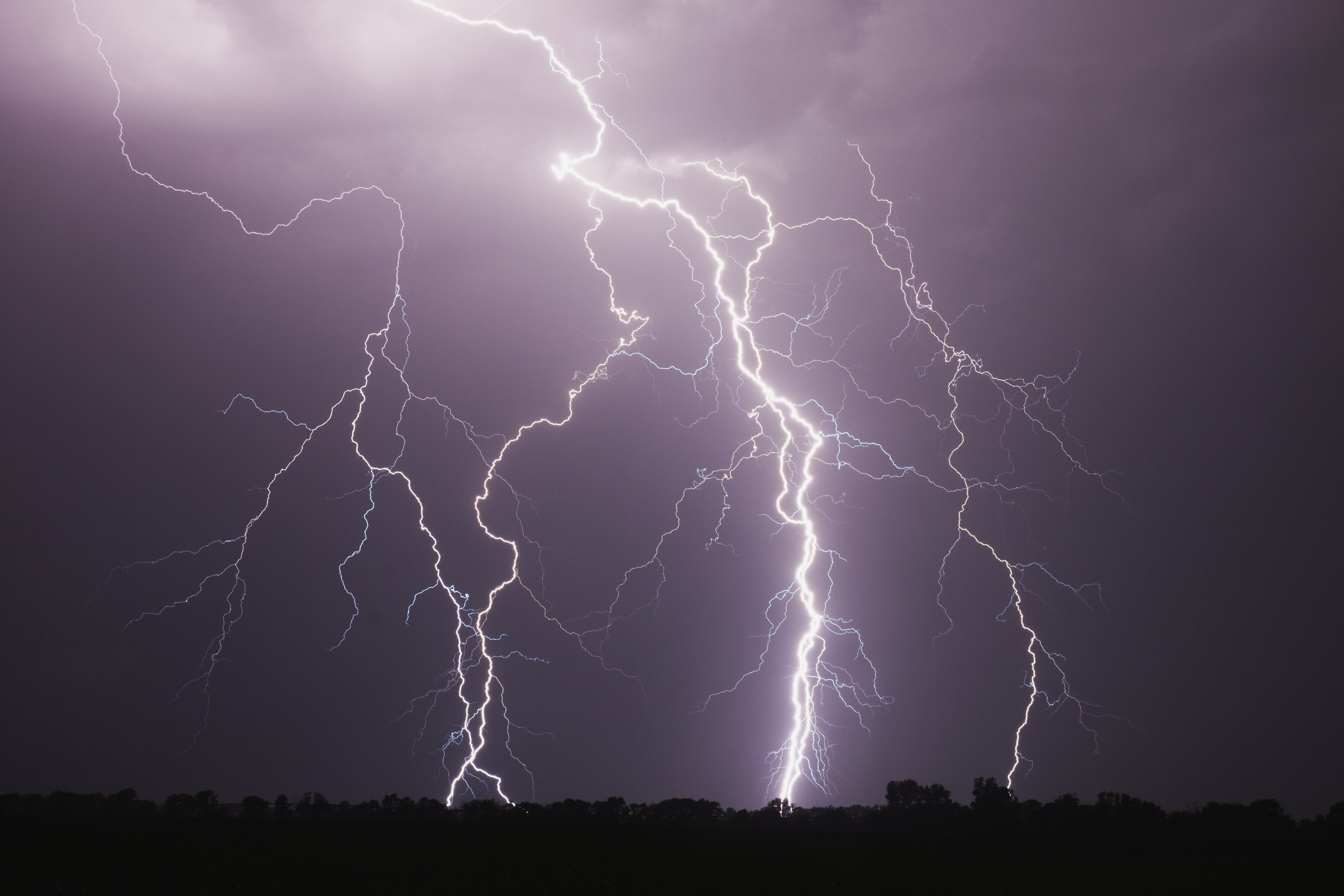This Memorial Day weekend, you might be one of the thousands of North Texans hitting the local lakes, ponds, or creeks for a swim.
But we're already seeing tragedy at area lakes.
In just the past several weeks, we've reported on several drownings at both Lewisville and Joe Pool lakes.
Many of the lake drowning deaths have one crucial detail in common – first responders report that the person wasn’t wearing a life jacket.
Get DFW local news, weather forecasts and entertainment stories to your inbox. Sign up for NBC DFW newsletters.
U.S. Coast Guard statistics show that drowning was the reported cause of death in 79% of recreational boating fatalities in 2019, and that 86% of those who drowned were not wearing a life jacket.
Local YMCA leaders are putting out an urgent alert this summer to wear a life jacket, especially on boats and while swimming at area lakes.
Swimming in open water presents its own type of dangers. The water is murky, visibility is poor, and tree branches and other debris could be lurking underneath the surface. Which can make swimming in it unpredictable.
Local
The latest news from around North Texas.
Trained lifeguards are often not present if swimming around a private boat, private beach, or local swimming hole.
It can be hard to see if anyone goes underwater, especially a small child.
“I think people don't realize how murky lakes can get,” said Samantha Buhler, senior program director for the YMCA of Metropolitan Dallas. "With lakes and rivers and all that – you also have currents so you just don't know. Just because you go under in one spot doesn’t mean that's the spot that that person's in and because the water is so murky. You're not going to be able to locate that person, which is why the life jackets are so important for everybody."
Texas state law requires that for recreational vessels under 26ft. in length when underway (including drifting or not at anchor), all children under 13 years old must wear a U.S. Coast Guard-approved life jacket. Adults must have a properly fitting life jacket that is easily accessible.
To see if the life jacket is U.S. Coast Guard-approved, look for a logo on the inside. That means it is supposed to work exactly as it’s intended to.

You’ll also want to make sure the life jacket fits properly and does not slip off over the head, especially on children. A good way to test it is to pull on the part of the jacket that sits over the shoulders -- if it goes up to the ears, it is either too loose or too big.
Nonprofit Safekids Worldwide has tips in the video below:
Keep in mind, life jackets that are too big will cause the flotation device to push up around your face, which could be dangerous. Those that are too small will not be able to keep your body afloat.
According to Texas Parks and Wildlife, life jackets meant for adults do not work for children.
If you are boating with children, make sure they are wearing properly fitted, child-sized life jackets. Do not buy a life jacket for your child to “grow into.”
Reach out to organizations like Fort Worth Drowning Prevention Coalition or your local YMCA if you need assistance with fitting or finding a life jacket.
Lake Grapevine also has a life jacket loaner program along the shores, made possible by the Grapevine Fire Department.
Ocean Swimming Dangers
Additionally, many families might be planning a trip to the beach this summer. Ocean water presents the danger of rip currents.
It's hard to see with the naked eye but it’s usually a spot off the shore where the waves aren't breaking and the water looks smooth but there's a current of water just under the surface that's rushing out.
If you get caught in one, don't try to swim out of it or against it. You can try floating on your back or swimming parallel with the shore until you're free from the rip current.

"If you get caught on a rip current, the biggest thing is not to panic," said Buhler. "You want to try to stay afloat as much as possible. It's when you try to swim out of the rip current that you're just going to tire yourself, and you're not going to go anywhere."
According to NOAA, most rip currents are less than 80 feet wide so a swimmer can also let the current carry him or her since the currents usually stay close to shore and dissipate just beyond the line of breaking waves.



